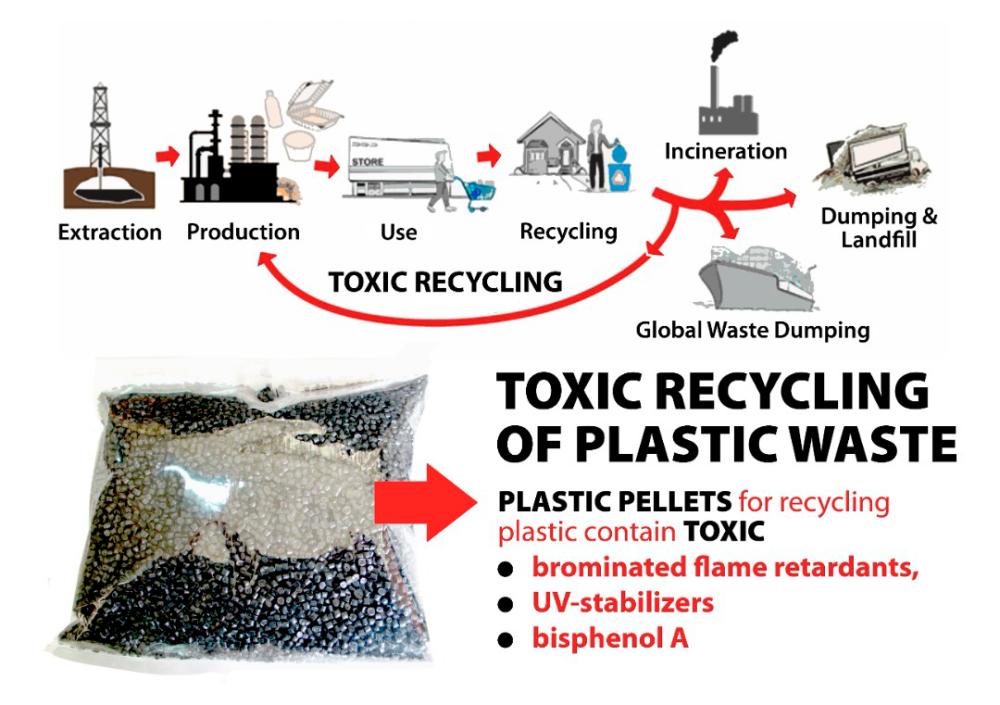PETALING JAYA: Malaysia is among the top destinations for plastics scrap exporters after China shut its doors to plastic waste.
In saying this, the Consumers Association of Penang (CAP) commented that recycling plastic waste is a lucrative business in Malaysia and it is even encouraged by the government through the Malaysian Investment Development Authority (MIDA).
“While the recycling of foreign plastic waste can be lucrative, the lack of regulations and oversight has caused a myriad of problems in Malaysia,” CAP president Mohideen Abdul Kader said in a statement today.
“This is because plastic unsuitable for recycling may be disposed by burning, and hence releasing toxic chemicals into the atmosphere. Or it ends up in landfills, potentially contaminating soil and water sources.
“Used plastic is recycled into pellets, which are then used to manufacture other plastic products. Tests conducted on these pellets detected chemicals that are hazardous to health.”
In order to get a global picture and data on toxic recycling, CAP participated in a study with the International Pollutants Elimination Network (IPEN).
CAP was among the 24 NGOs from 23 countries that sampled recycled plastic pellets made of high-density polyethylene (HDPE).
It obtained the recycled plastic pellets from a plastic recycler who exports, and also sells the pellets to local manufacturers, to be made into new products.
These pellets were analysed for content of three groups of chemicals that are all known to be hazardous: benzotriazole UV-stabilizers, brominated flame retardants and bisphenol A.
Benzotriazole UV-stabilizers (BUVs) are a group of UV-stabilizers that are added to plastics, coatings and cosmetics. Although data are scarce on some types of BUVs, there is data showing that several BUVs can bioaccumulate and are persistent in the environment. Some of them are also known as endocrine-disrupting chemicals.
Brominated flame retardants are known to cause impacts on the endocrine, immune and reproductive systems, and some have been shown to impact brain development in children. In total, the analysis included tests for 18 chemicals (11 brominated flame retardants, 6 UV-stabilizers and bisphenol A). Of these 18 chemicals, 12 are known endocrine-disrupting chemicals.
If the pellets contain brominated flame retardants, it indicates that plastics from electronic waste were included in the recycling process. The presence of bisphenol A (a banned or restricted plastic in many countries) indicates that polycarbonate plastics were used in the recycling process.
“The pellets from CAP were found to contain all of the three groups of chemicals analysed. They contained 16 chemicals, including 9 flame retardants, 6 UV-stabilizers and bisphenol A. The chemicals detected in the samples also included 10 endocrine-disrupting chemicals,” Mohideen said.
According to Dr Sara Brosché, Science Advisor of IPEN, the pellets from Malaysia are unsuitable for use in new products, especially products that can expose children to toxic chemicals.
IPEN’s recent study indicates that recyclers lack information and capacity to conduct source separation, and that recycling of plastics containing hazardous chemicals creates a toxic loop that reintroduces harmful legacy chemicals into new products.
In view of the latest findings, Mohideen said CAP calls on the Malaysian authorities to promulgate laws governing the production, use, recycling, and disposal of all plastics. Plastic production needs to be reduced drastically and the plastic waste trade needs to be banned.
“The government should not encourage toxic plastic recycling businesses as it not only destroys the environment but also harms the health of the workers and consumers.
“Manufacturers should phase out the use of toxic chemicals in plastics, and make sure to disclose any toxic content to downstream users, consumers, recyclers and waste management personnel,” he added.









